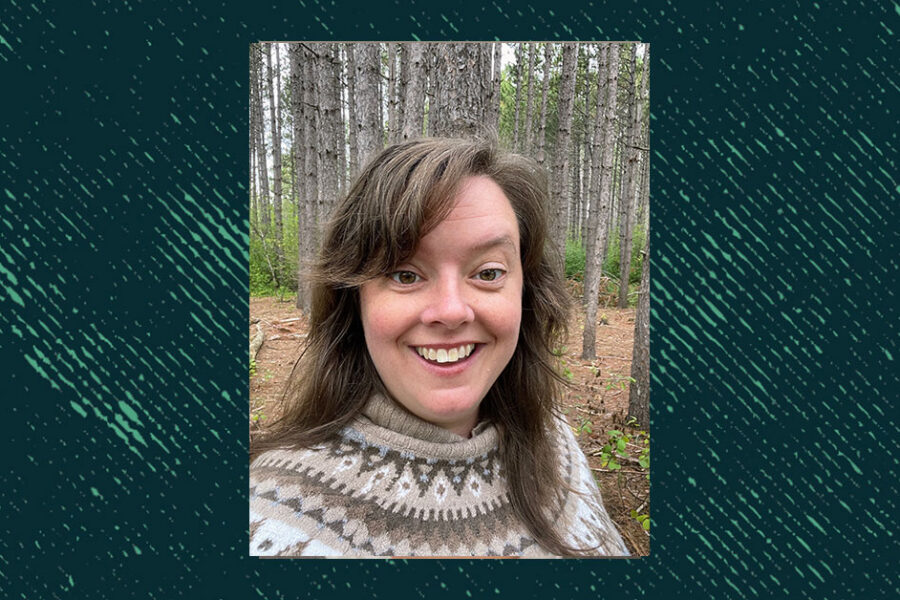Alberto Soto, a core faculty member teaching in the PsyD in Clinical Psychology program offered on Antioch University’s New England campus, recently published a book chapter entitled “Can Psychotherapies Be Effectively Adapted to Cultural Identity (Fit)?” in the APA Handbook of Psychotherapy.
Soto’s chapter is part of a collection that details what is known about psychotherapy and how treatment can be adapted to the culture and identities of clients. “Cultural identity is such a fundamental part of who we are as people, and it needs to be acknowledged, understood, and integrated into psychotherapy,” says Lorraine Mangione, Professor of Clinical Psychology and Director of Practica.
This integration is essential because, as Soto says, psychology and psychotherapy are based on Eurocentric assumptions that carry the values of white supremacy, heteronormativity, and patriarchy. “As the son of undocumented immigrants, I’ve had a lifetime of lived experiences that have taught me that the societal structures are not intended or set up to allow access to people from marginalized communities,” says Soto. For him, it is a personal and professional commitment to improve the delivery of services and treatment. “Throughout my life and career, I have seen that treatment remains woefully ineffective for many of our clients,” says Soto.
His chapter was also motivated by a desire to further correct the perspectives of clients, with the central theme focusing on honesty — honesty about what psychotherapists know about therapy and the ways they can adapt treatment to align with diverse worldviews and identities. From here, professionals examine what has been shown to be effective in therapy. One consistent finding, Soto explains, is that the perspective of clients predicts outcomes and what happens in therapy above and beyond therapist perspectives. These often have little to no relationship with client experiences or client outcomes. This is all in an effort to conceptualize an effective and diverse approach to treatment.
Not only does Soto write about diversity, but he also teaches it. He is the instructor for the class Human Diversity, which sets the foundation for principles of multicultural psychology and foundational topics in multicultural counseling. Although multicultural psychology is emphasized throughout training, this is the first exposure students receive in their training.
“As the Director of the Center for Diversity and Social Justice, I have been overjoyed to witness the multicultural focus that Alberto brings to his coursework and scholarship,” says Kate Everts, Core Faculty of Clinical Psychology. “I am looking forward to seeing the myriad ways that his work will ignite and reinforce the same multicultural passion in our students.” She adds that his mentorship work with students “is marked by respectful, active listening, and he regularly encourages their self-advocacy, self-reflection, and relational responsiveness,” she says.
In his class, students learn about the importance of multicultural counseling skills. As Soto says, “We see that therapists, even very effective ones, differ in their outcomes with clients from diverse backgrounds, especially BIPOC clients. There is something distinct and unique about culturally salient treatment that is distinct from general counseling skills, and it’s important to me that we expand our treatment to serve those who are marginalized.”



